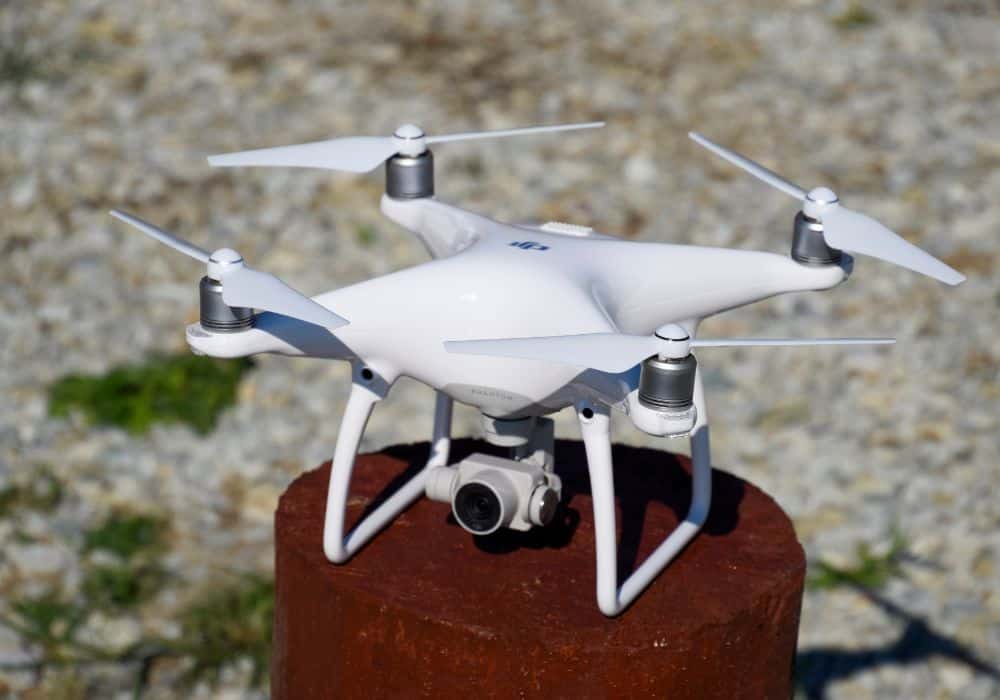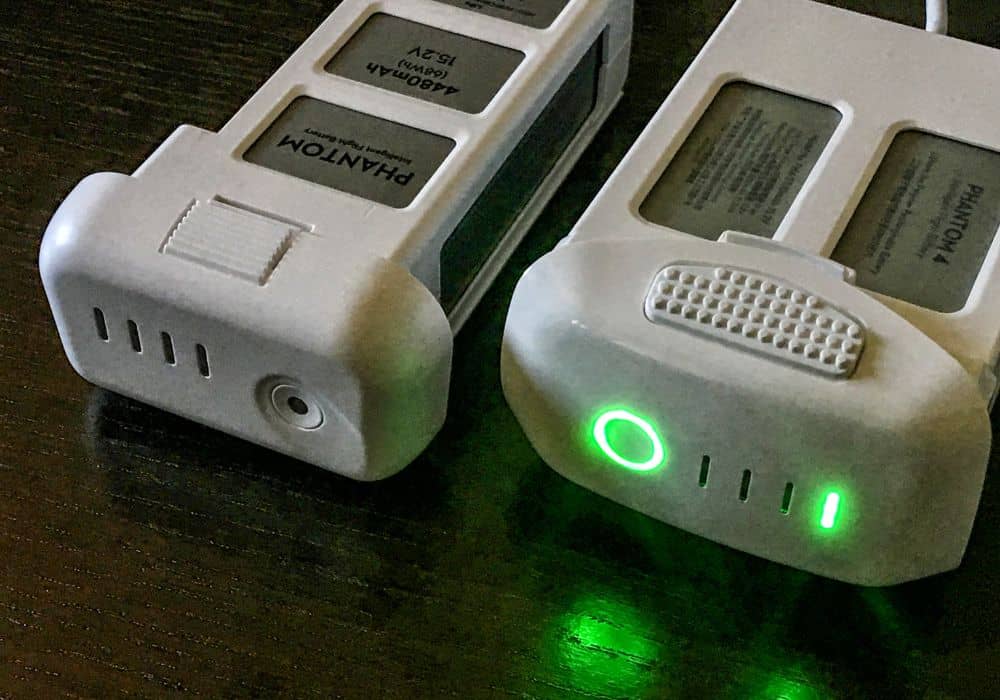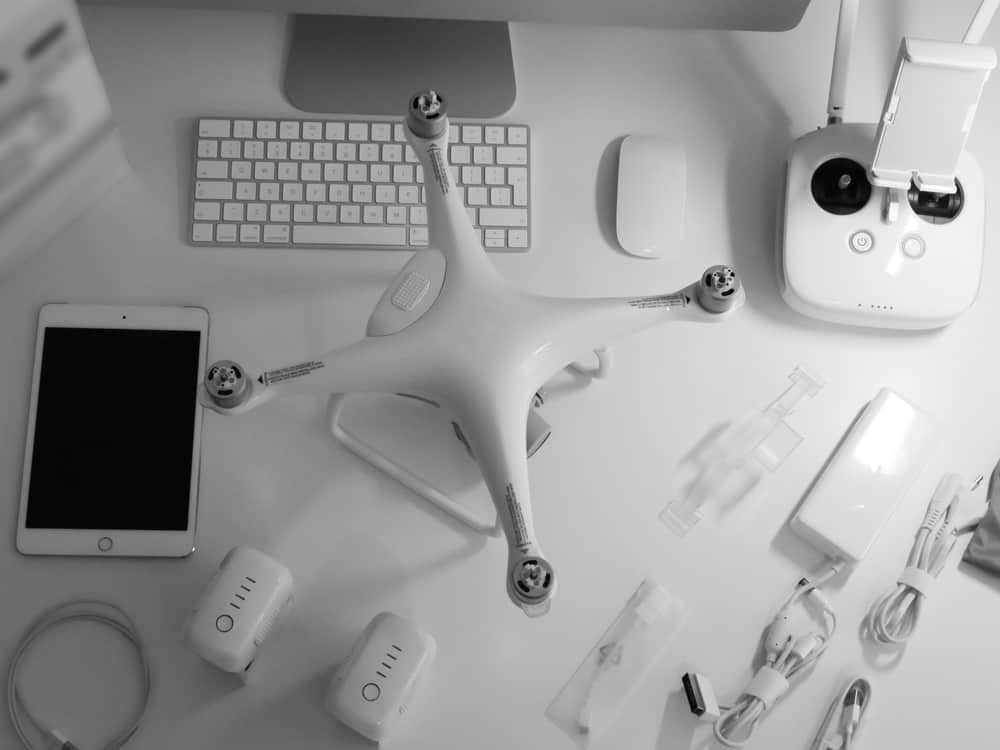DJI makes some of the most popular drones out there, including the DJI Go and the DJI Phantom lines. The DJI Phantom 4 is a favorite among drone fans, but once in a while, you may have a Phantom that has a battery that doesn’t act like it should. It just won’t charge.
The first impulse many people have with a drone battery that isn’t charging is to throw it out, but that doesn’t always make financial sense. DJI drones are very pricey, so you might as well try to figure out how to fix this device.
Tools Needed:
- DJI Phantom 4 Drone
- Phone with DJI GO app
- LiPo charger
- NiMh charger
- Drone battery
- New drone charger
Step-by-Step instructions
Now that you have the items that you need, it’s time to start troubleshooting your drone. Believe it or not, this battery issue is often easier than you might expect it to be. Let’s go over the basics, shall we?
Step 1: Make sure that your battery isn’t in hibernation mode
If you didn’t use your drone for a while, your battery could be in hibernation mode. Your DJI drone is designed to save battery life and quality whenever the drone is put in long-term storage. This is why hibernation mode exists.
Look for a solid red light on your battery. Wait five minutes to see if it shuts off. If it does, this means that your battery is meant to hibernate to extend the battery life. Thankfully, this is easy to fix.
Start by turning the battery on—one quick press, followed by a press lasting three seconds. Then, plug the battery into the charging port and wait. After several hours, you should see the battery come out of hibernation mode.
If it doesn’t, move to step two.
Step 2: Update the firmware on the DJI GO app
Oddly enough, inconsistent firmware can cause your battery to stop charging. Refreshing the firmware is going to be the easiest way to fix it. Even checking for firmware updates can help you charge that battery and get better flight times.
Step 3: Clean out your charging ports
Sometimes, a little dust can cause your battery to charge slowly. If your charging ports are cloggy, use a toothpick and some compressed air to remove the gunk from it.
Step 4: Check for overheating and overcurrent protection
Have you been noticing a lot of power surges in your area? Is the room where you’re charging your battery very hot? You might need to find a different place to charge it.
If your battery is being charged in a grid that has unusually high amperage, the 2nd LED will blink rapidly while it’s on the charger. Yet, it won’t charge. This is overcurrent protection, and that means that you need a power outlet that isn’t as strong.
On the other hand, if your battery feels hot to the touch, it may be time to remove the battery charger from the room. It could be that the battery is overheating and needs to cool down. Getting it down to room temperature can help.
Step 5: Replace the charger
More often than not, the reason for your DJI Phantom 4 being unable to charge is a bad charger. If you have multiple chargers, try to charge your Phantom 4 with different chargers to see if your “go-to” charger is just broken.
You may need to try different wall socket adapters as well as different charging cables, since both can go on the fritz. The good news is that you can purchase these chargers pretty easily online. Just make sure that it’s a high quality charger.
Step 6: Check to see if your battery is flat

Your drone is powered by a LiPo battery, a lightweight and durable type of battery. Even so, your DJI battery can still go flat. You will need to charge your bricked battery using a LiPo balance charger and a NiMH charger. Here’s how.
- Connect the battery to the NiMH charger, and choose the voltage that typically matches your battery’s voltage.
- When your battery has 3.3 volts per cell, use your lithium polymer balance charger to charge it at 0.5C.
- After the battery has finished balancing charging, use it normally. It’s good to go.
Step 7: Consider getting a new battery
If your battery has been beaten up, worn, or just increasingly unreliable, you may need to get a new battery. There is some good news and some bad news about this.
The bad news is that you will have to pay a fair chunk of change to get a replacement, as this isn’t your typical AAA battery setup. The good news is that you can contact DJI for a replacement without too much of a problem.
Step8: Check to see if there is an actual problem with your drone
Have you tried everything from switching DJI Phantom batteries to working with a new charger? If you’re still not getting much power and your drone’s charger detection is still not working, you might actually have a problem with the drone’s wiring.
Unfortunately, there’s not much you can do to fix this with simple guides, since it’s hard to tell what could be broken in your Phantom 4. You may need to bring it to a repair shop, especially if you can’t even get a light to flash on the battery.
Additional Tips And Tricks

In most cases, replacing a battery or charger will be enough to bring your DJI battery issue to an end. However, there are some tips we can offer to help reduce the chances of this happening and also make fixes more affordable.
- Check to see if your DJI Phantom 4 is still under warranty. If your drone broke during the warranty period, you might have the right to ask for a replacement drone. Or, at the very least, you might be able to score a free battery charger or a new battery.
- It’s usually safe to assume that your Phantom 4 battery is hibernating if you kept it in storage. This is its intelligent flight battery prolonging its life. If you plugged your drone in and it’s “draggy” when charging, give it time.
- Charge your drone in a cool, indoor place. Hot areas (such as a window in a “hotbox” room or an attic) will damage the battery over time. If it’s really hot already, the battery won’t charge. Charging could put the battery at risk of fire, so there are built-in sensors designed to prevent overheating.
- Do not leave your drone in a hot car for extended periods of time. Cars can easily top 160 degrees in the summer. That’s a temperature that can melt wires and fry batteries. Storing a drone in a car can damage it beyond repair, even if it is made of durable material. Don’t do it!
- Once in a while, it may make sense to factory reset your DJI Phantom 4. This can help prevent issues with your firmware and also get rid of any charging-related glitches that occur due to software issues.
- Do not try to force anything into the battery port plugs if there is grit near the pins. This can lead to bent pins, which in turn renders the port useless. If you have bent pins, you might have to get an all-new drone. Or, you may have to pay to get it repaired professionally.
- Keep your drone away from dirt and sand. If your drone ends up dirty, clean it thoroughly. Dirt can get trapped inside your drone, potentially causing wear and tear. If too much grit gets stuck in your charging port, it could affect your ability to charge it effectively.
- Keep an eye out for signs of an old battery. LiPo batteries can wear out due to old age. If you notice decreased flight times, fading battery lights, or similar warning signs, your battery is too old to work. Most batteries will last at least two years, but you can stretch some a little longer.
In conclusion
For the most part, owning a DJI Phantom 4 shouldn’t mean that you have too many problems with your electrical system. This is a drone that comes with a warranty because it’s well-built. If you are worried about being able to hold a charge, it’s usually the adapter or charger’s fault.
Most people who have a battery that won’t charge either have their DJI on hibernation mode, or have a faulty charger. If you address those issues and charge your drone in a decent spot, you should be able to see power return to it.
Of course, it could also be a battery that is just ready to go. It happens.
